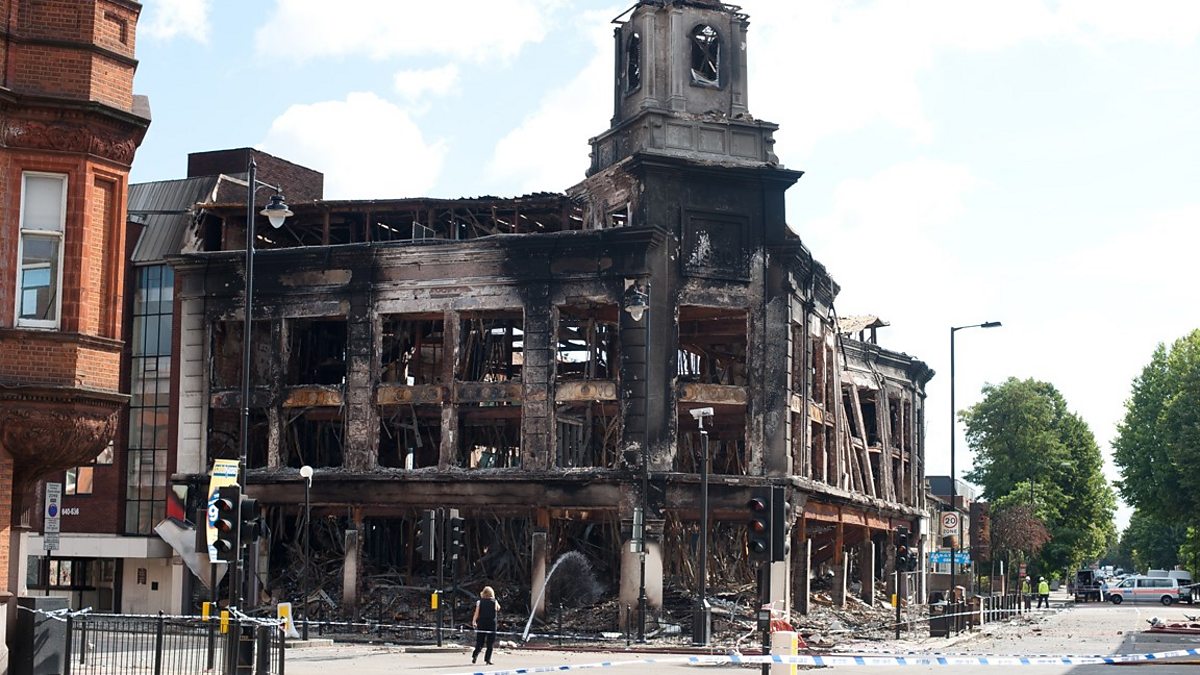There is no simple answer as to why crime rates increased so markedly in the second half of the century. Over the period, there were significant changes to the types of offences recorded as crime, and how they are counted, making it difficult to accurately assess underlying trends in ‘real' crime. Recorded crime levels have also been affected by the behaviour of the public in reporting crimes to the police. An increase in the number of burglaries reported, for example, may partly be due to the relatively recent need to inform the police in order to make an insurance claim, rather than an indication of any real increase in the level of burglary.
New inventions, creating new opportunities for misdemeanour, a growth in the value of ordinary people's personal property, and the criminalisation of drug use have had real effects on crime levels during the 20th century. The most obvious example of an invention that has spurred crime is the motorcar: by 1991, a car was being reported stolen on average once every minute across England and Wales. Aeroplanes made international transport and smuggling easier, while the growing use of computers has created new kinds of offences






